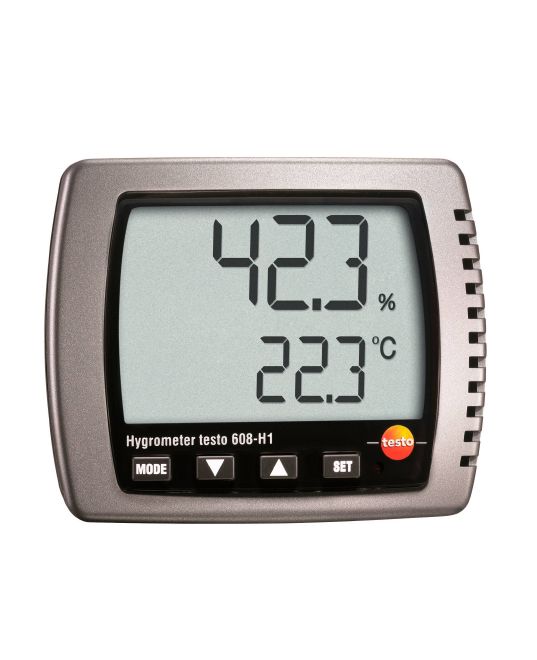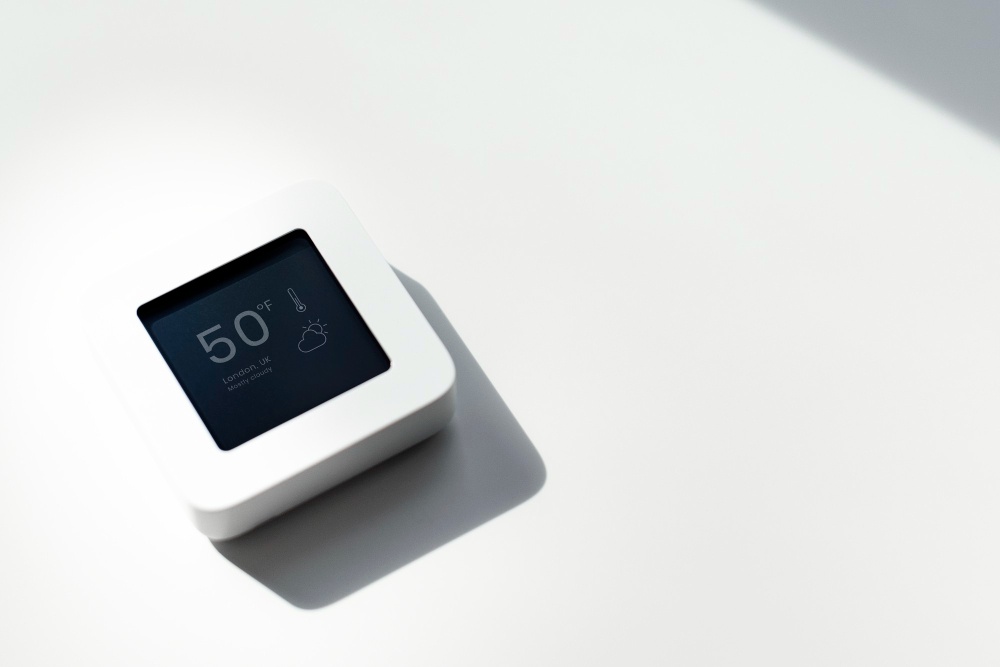Humidity significantly affects the surroundings, whether materials around or the living organisms. Fluctuations in humidity might cause discomfort for human health and other ill effects on the surroundings.
Humidity makes more impact when combined with high temperatures. High humidity can cause liquid water droplets to condense on circuits, producing problems such as shorting and corrosion.
Many geographic regions are prone to humid conditions, particularly the tropics. But even in relatively temperate climates, high humidity can occur depending on altitude, proximity to bodies of water, and seasonal effects.
All this makes it essential to measure the humidity levels around us. Let's understand why humidity measurement is essential and how it can be done.
What Is Humidity?

Image Source:- Testo India
Humidity is the water vapor concentration present in the air. Water vapor is primarily in the gaseous state of water. It is invisible to the human eye; therefore, you can detect it only by the discomfort its fluctuations cause.
Humidity indicates the probability of precipitation, dew, or fog in the surrounding. Humidity depends on the temperature and pressure of the system it is present in.
What Is A Dew Point?
The dew point is the temperature in the air that should be for water which condenses and evaporates at the same rate.
If the air temperature gets matched with the dew point, the air gets saturated as it can be without condensation forming.
Condensation occurs only when there is enough water vapor in the air for the molecules inside the vapor to coalesce into water droplets.
When the water vapor condenses faster than it can evaporate, the condensation forms faster. Condensation forms when the air temperature falls lower than the dew point. As the air temperature increases, water evaporates faster, and condensation doesn't form.
What Is The Relative Humidity In Specific?
The Dew point is used to calculate relative humidity. The relative humidity is a percentage of water vapor saturation relative to maximum saturation. In other words, relative humidity measures how close the air temperature is to the dew point. 100% relative humidity means the air temperature has reached the dew point.
This method of reporting humidity is considered relative because it doesn't measure how much water vapor is in the air. Instead, it measures how much water vapor is in the air relative to how much that volume of air can hold. So, the closer to 100% the dew point is, the more humid the air feels.
What Are Some Types Of Humidity Measurements?
Humidity is measured in two primary forms: absolute and Relative humidity. Of these two, relative humidity is something we are more concerned about.
Let's see both of them separately!
Absolute humidity (AH) is the mass of water vapor in a given air volume. This is usually expressed in grams per cubic meter (g/m³) and changes as the volume of air changes.
On the other hand, Relative humidity (RH) is the ratio of water vapor density to the water vapor density at the saturation vapor pressure.
This saturation vapor pressure is the point at which the air can hold no more water vapor, and liquid droplets begin to precipitate out, which is also known as the dew point.
This is usually expressed as a percentage and changes with the changes in air pressure and temperature levels.
Why Is Humidity Measurement Important?
As seen above, fluctuations in humidity might not be healthy for humans and their surroundings. It might have ill effects on the surrounding, which is why it is essential to measure humidity alongside the temperature readings.
This is especially important in specific sectors like health and research. The ability to measure and control relative humidity helps to maintain a comfortable environment inside a building and also helps to optimize the efficiency of the surrounding system.
How Is Humidity Measured?
The relative humidity is measured with the help of a device called a hygrometer. The simplest testo hygrometer, which is a sling psychrometer, consists of two thermometers mounted together with a handle attached to a chain.
The first thermometer is the normal one. The other one on the other hand has a cloth wick over its bulb and is called a wet-bulb thermometer, which has a wet cloth at the tip.
As water molecules evaporate from the surface of the wet bulb, they will take the heat with them, lowering the reading on the thermometer.
The evaporation rate depends on the vapor pressure or amount of water vapor in the air.
You should know that at 100% relative humidity water won't evaporate from the wet bulb, and the readings on both thermometers will be the same.
Therefore, when you compare the two temperatures in a chart it will give the relative humidity.


No comments yet